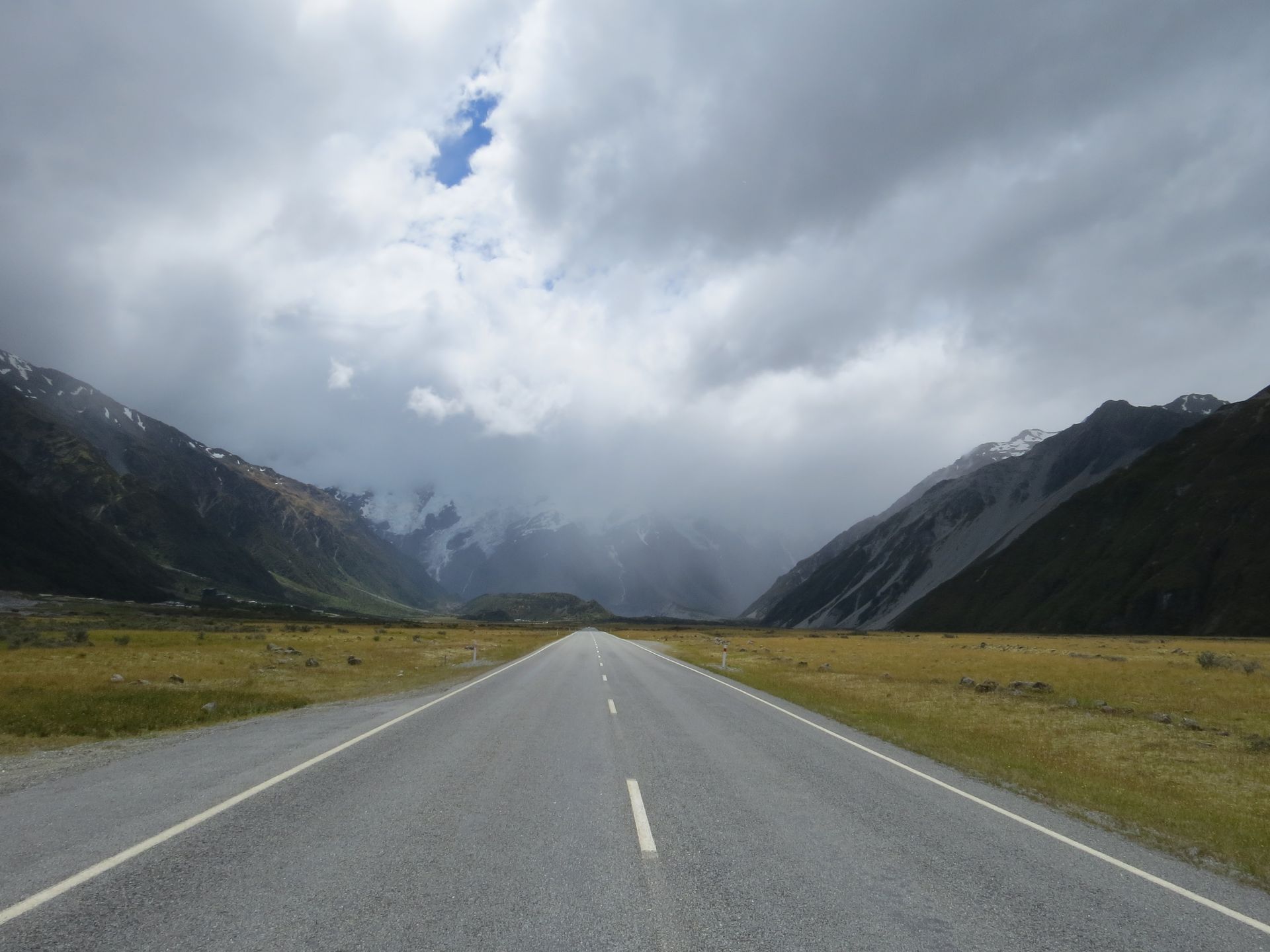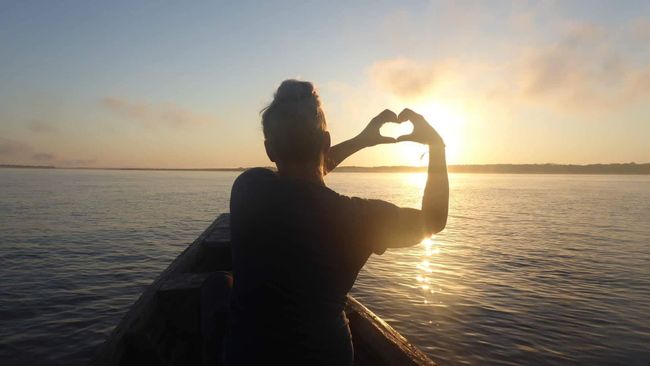6-day trekking in Torres del Paine National Park
شائع شدہ: 07.11.2018
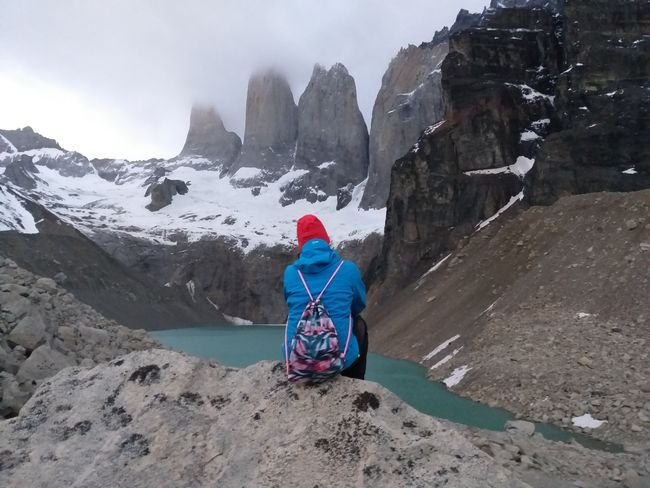
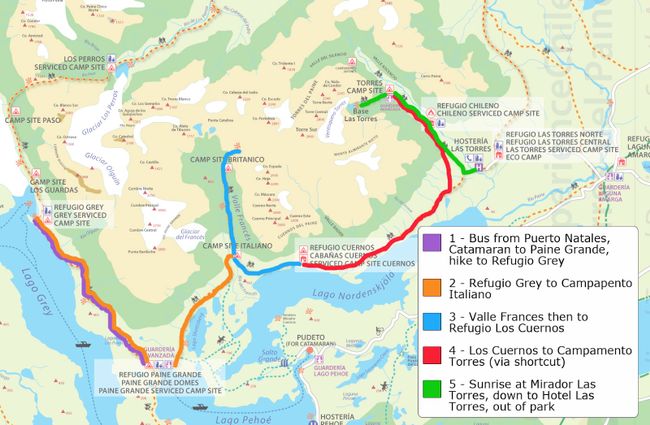
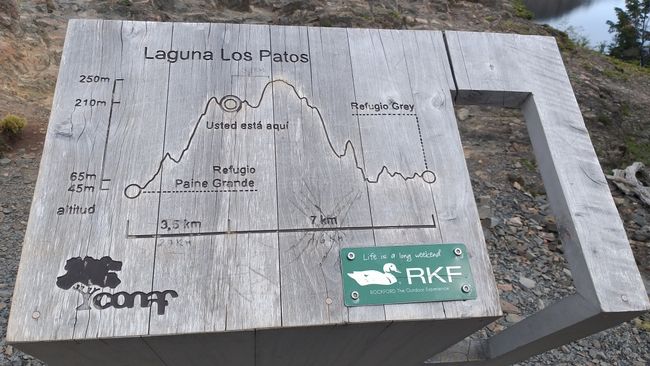
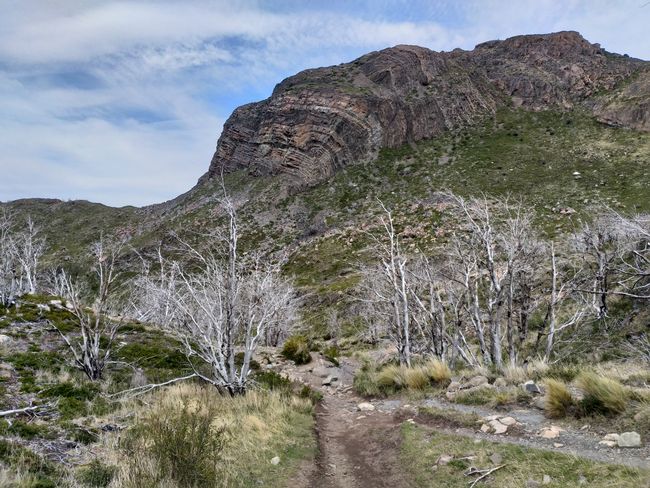
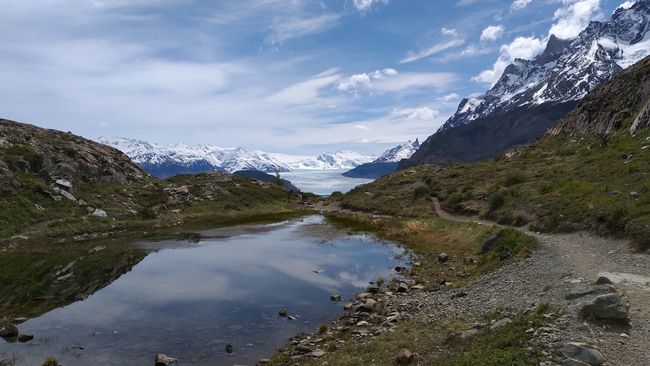

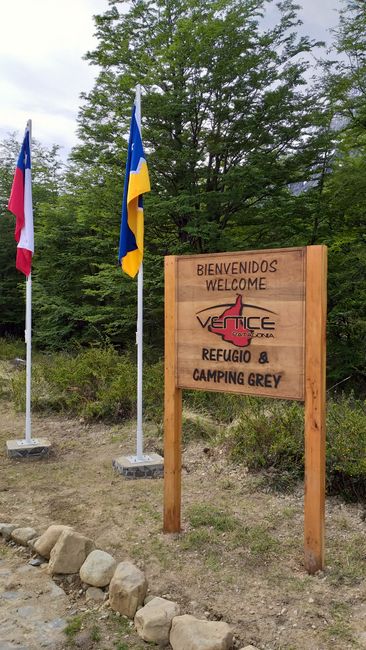
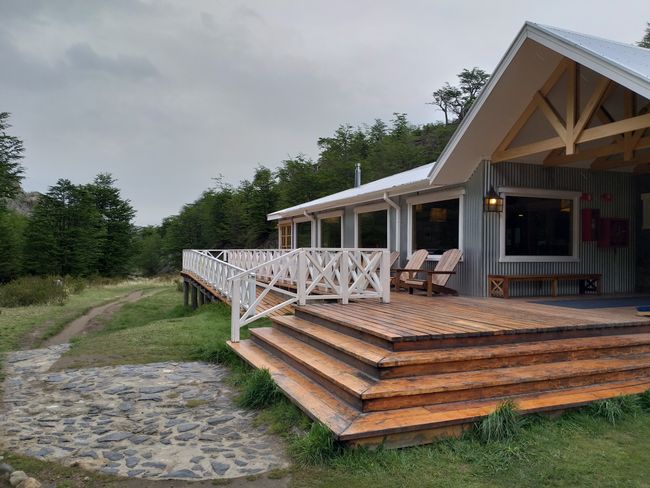
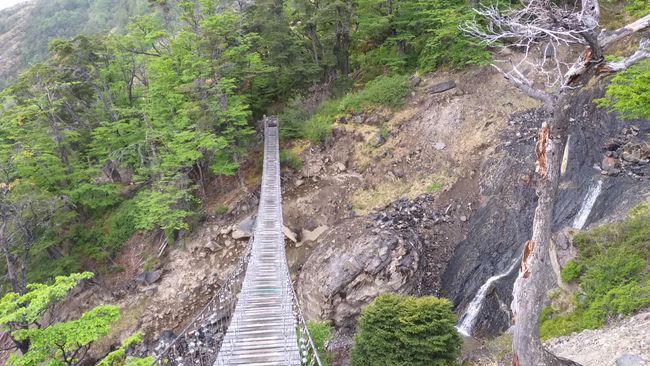
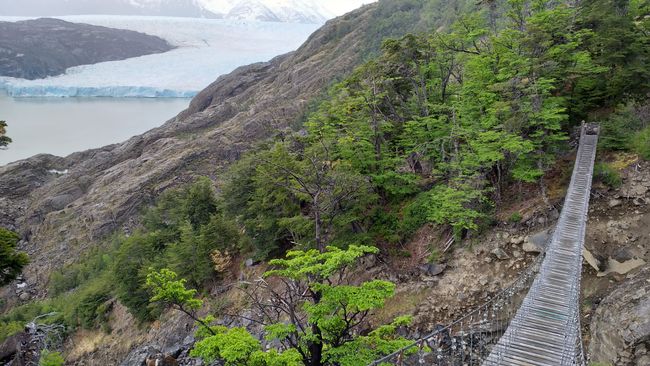
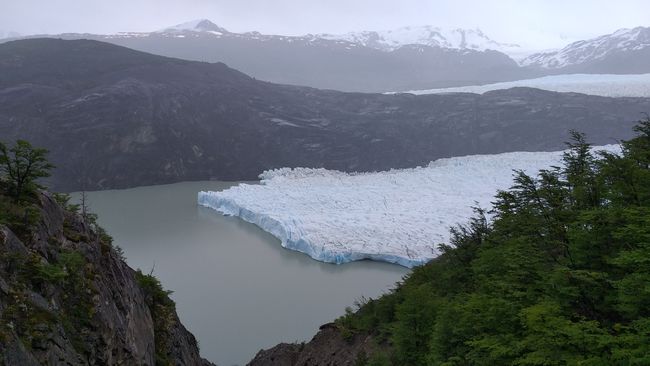
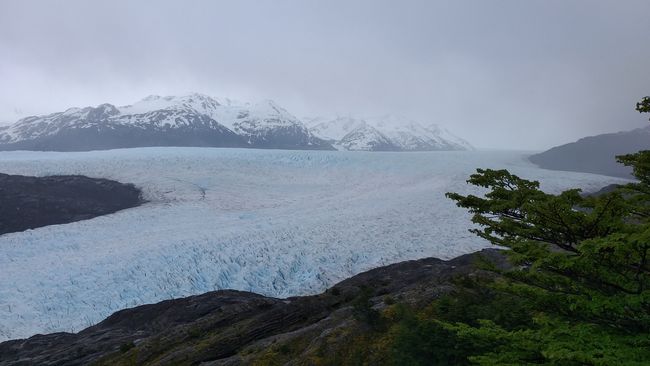
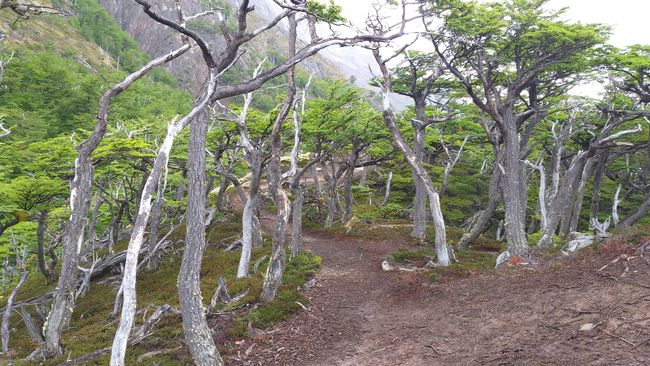
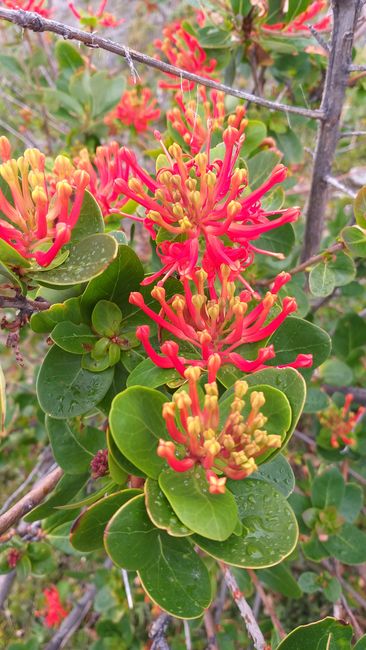
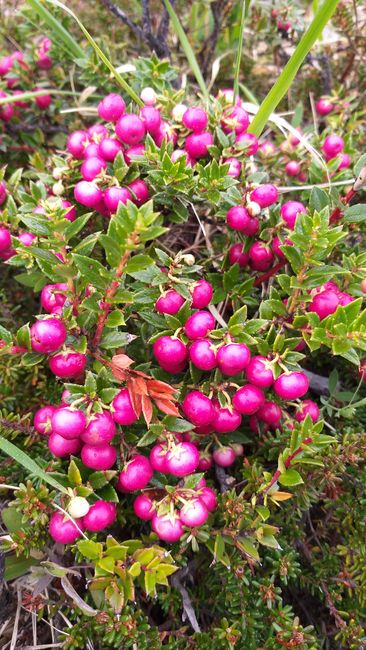
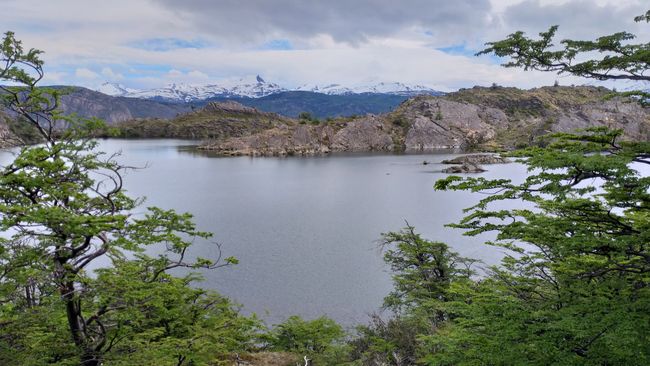
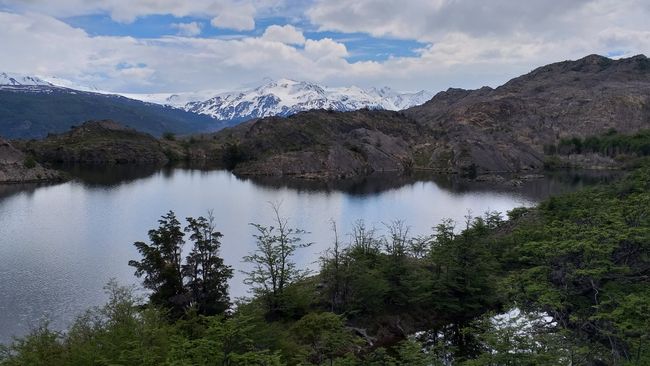
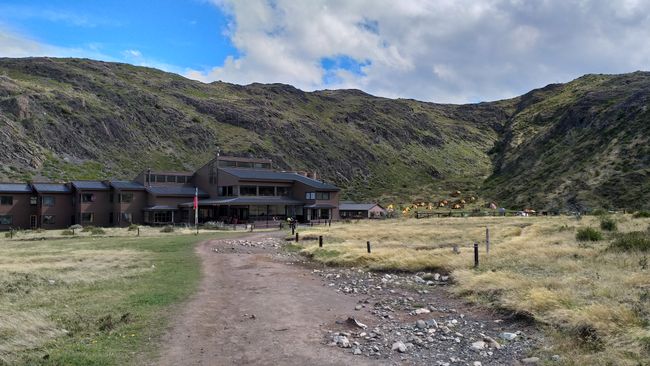
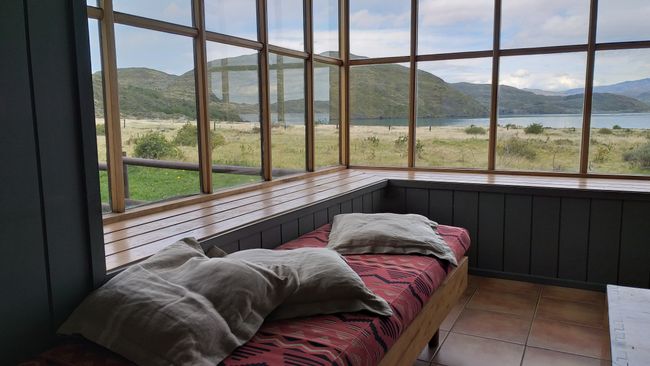
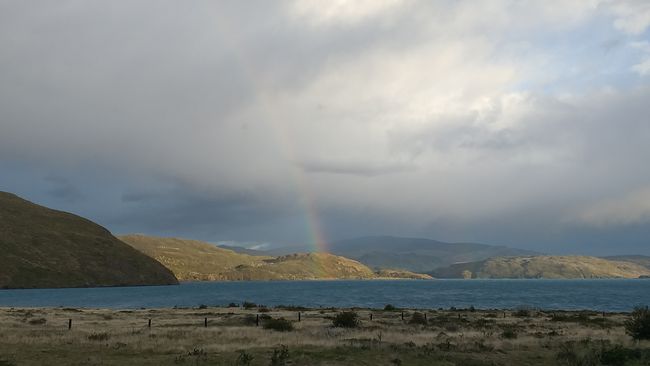
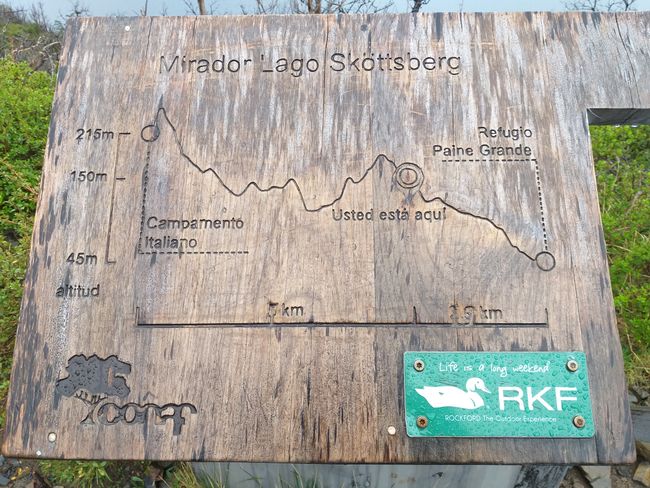
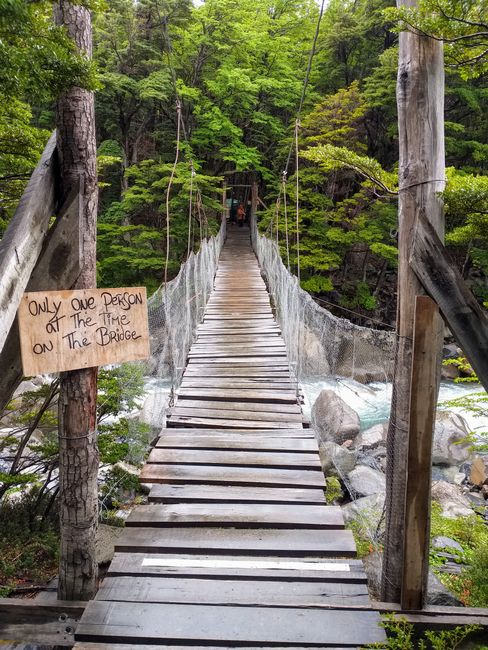
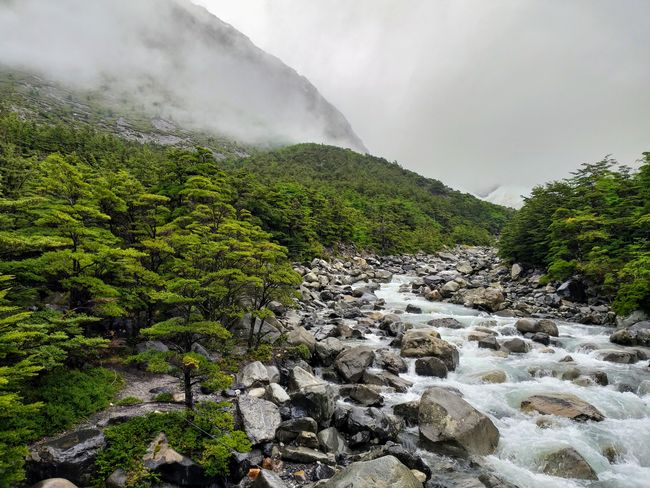
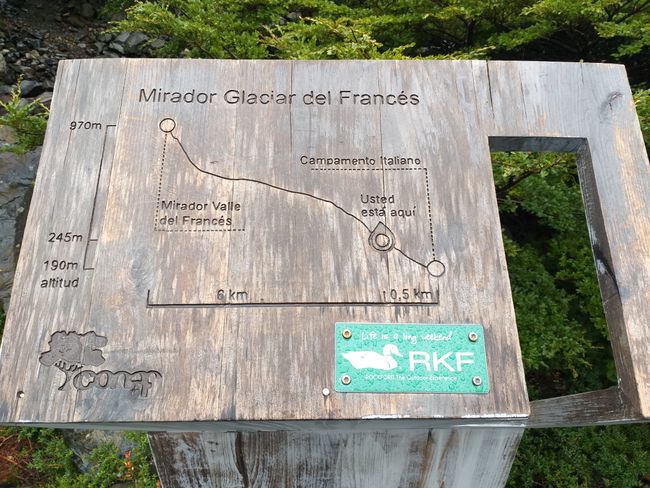
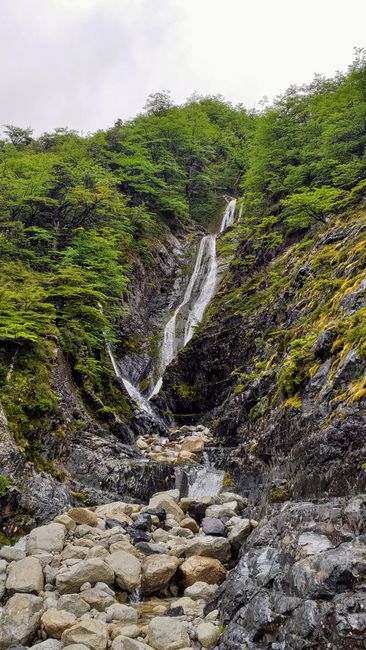
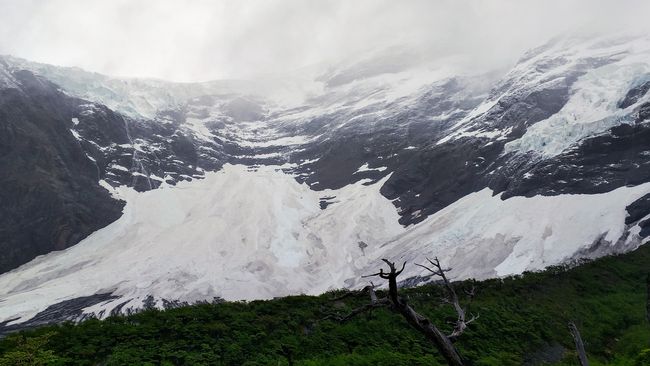
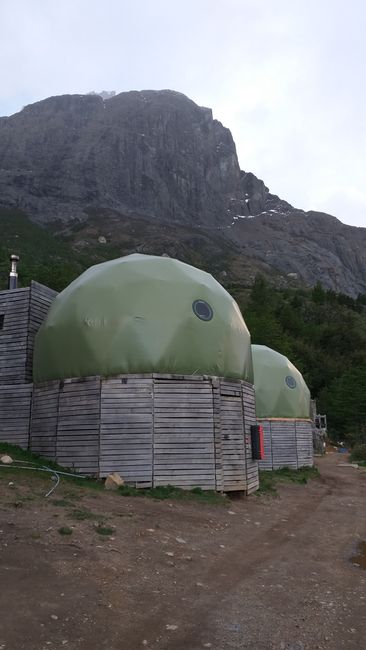
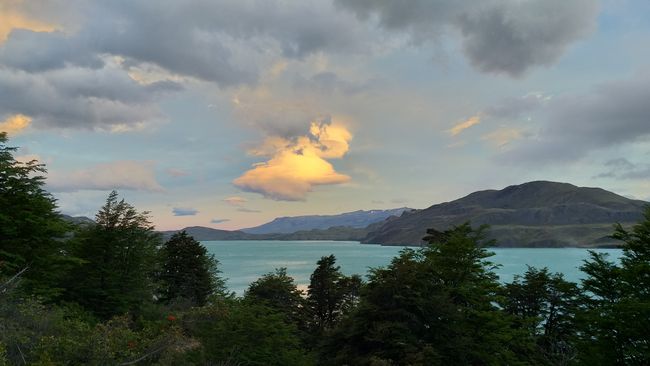
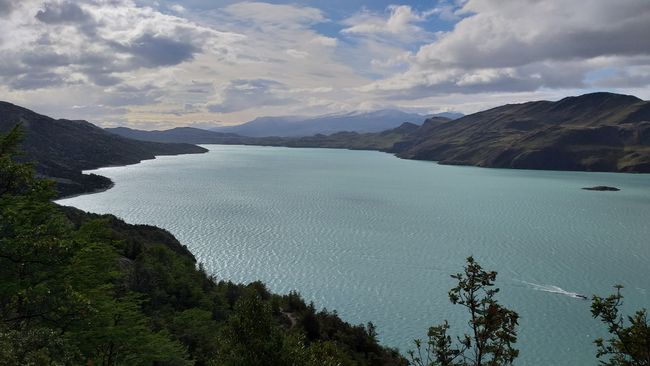
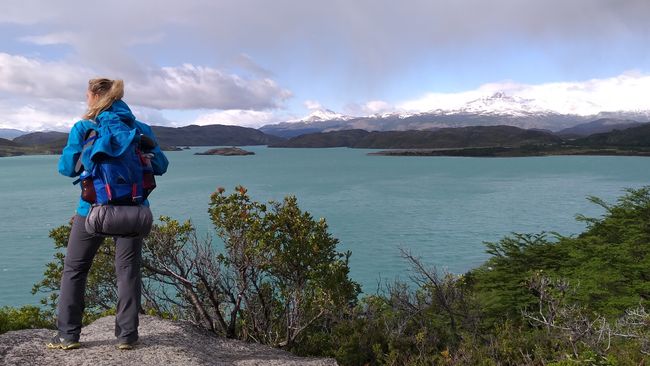
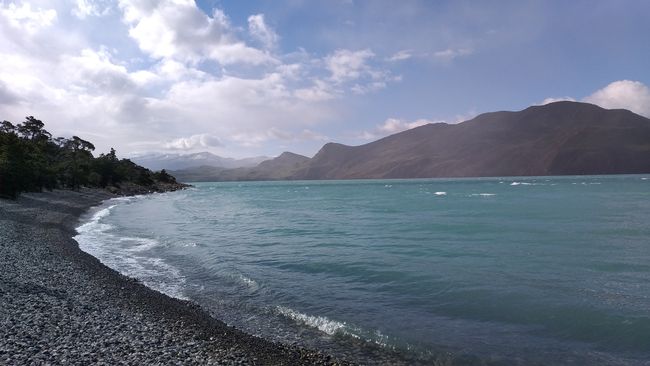
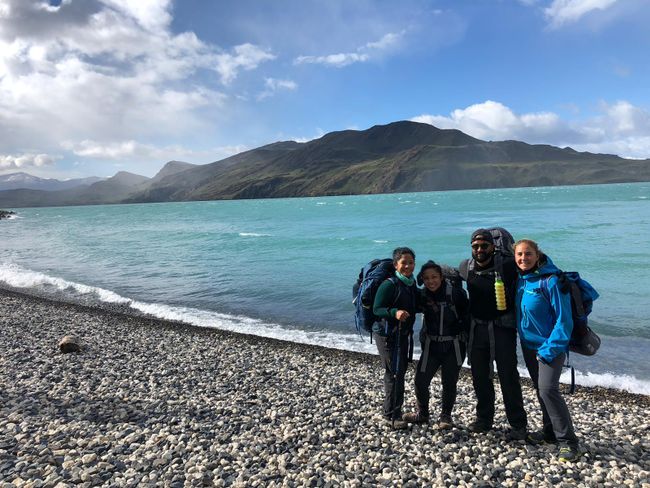
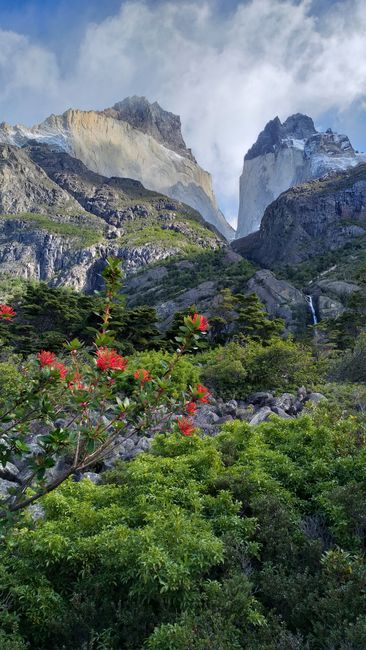
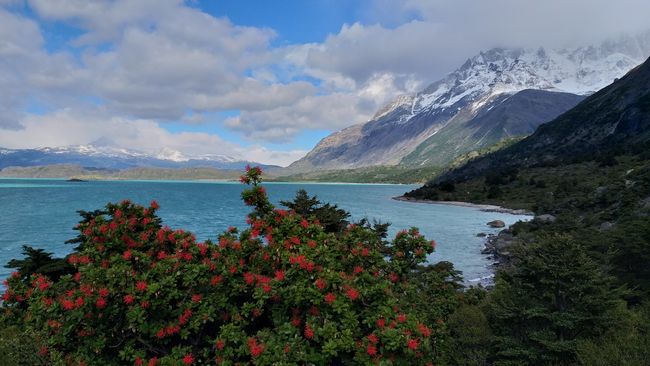
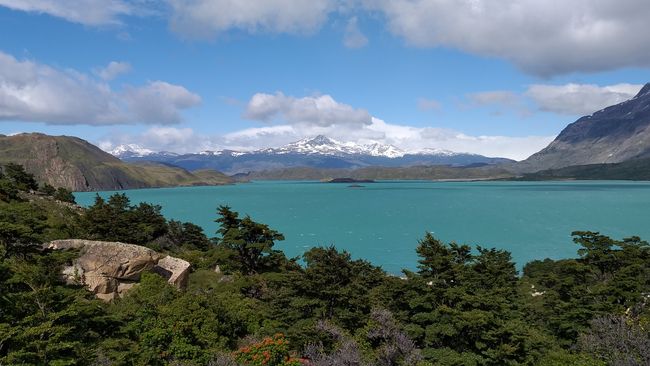
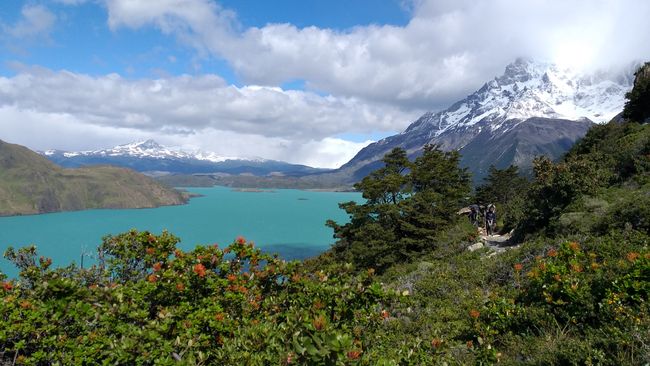
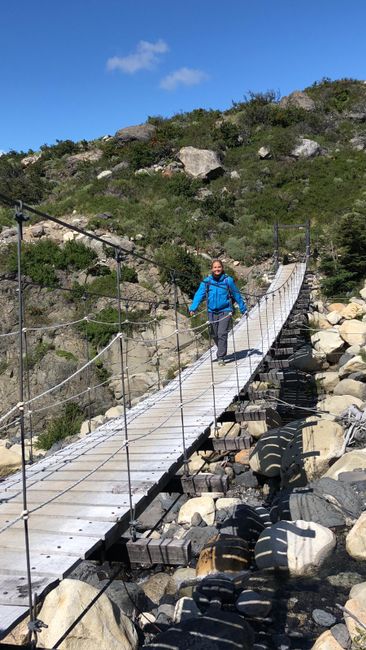
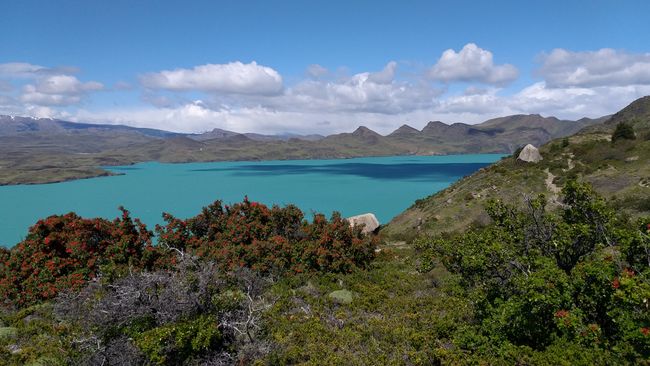
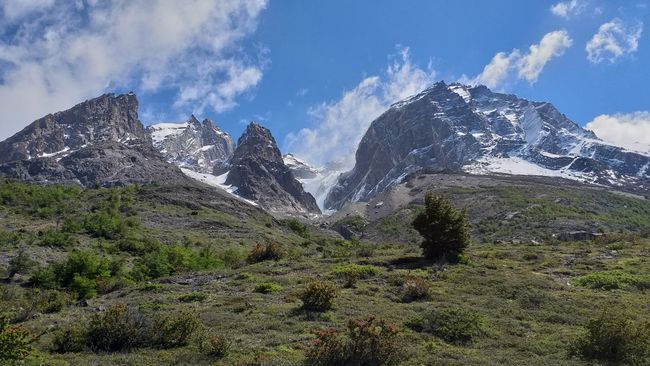
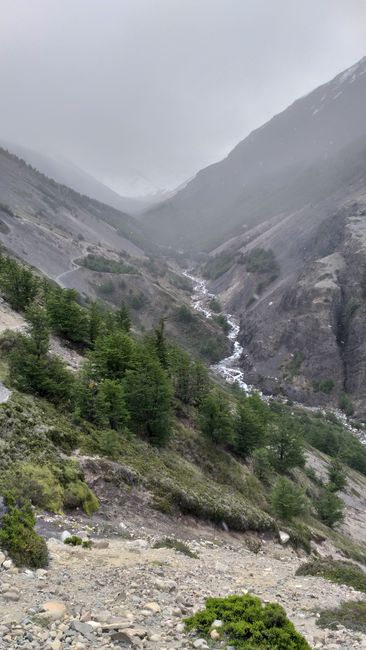
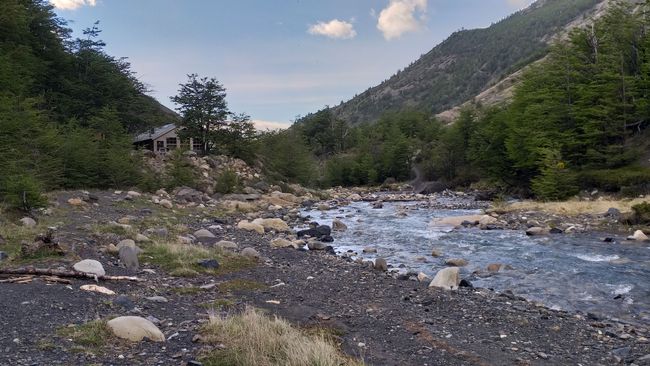
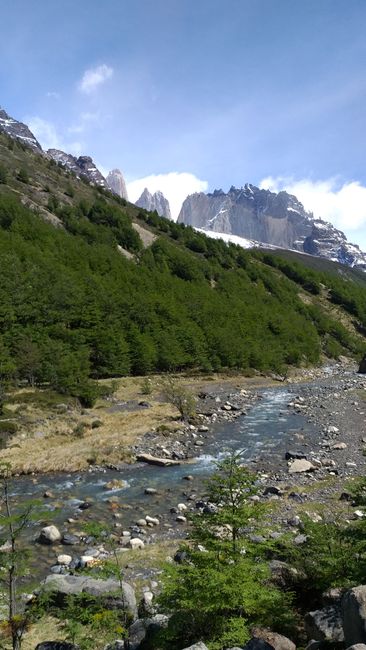
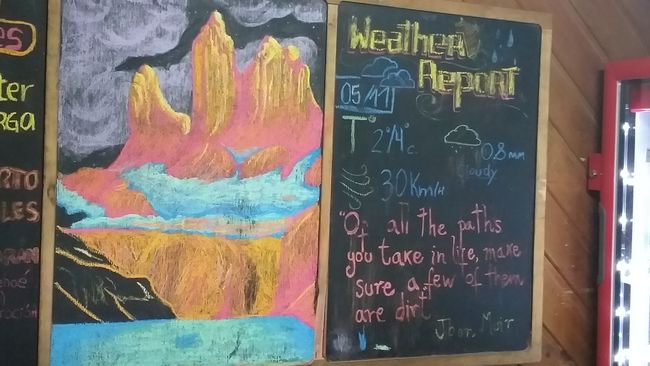
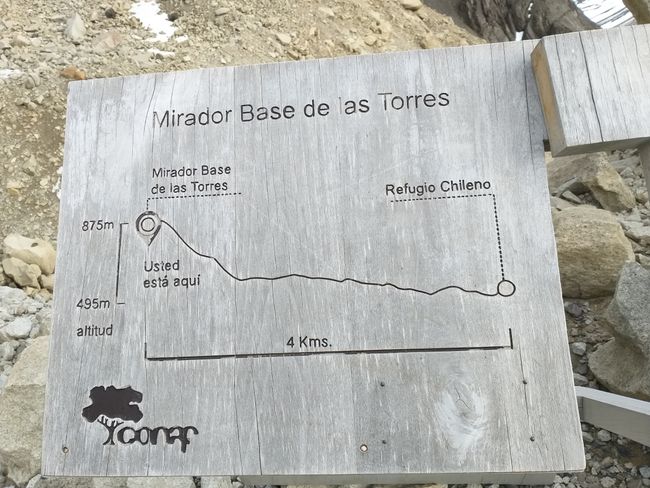
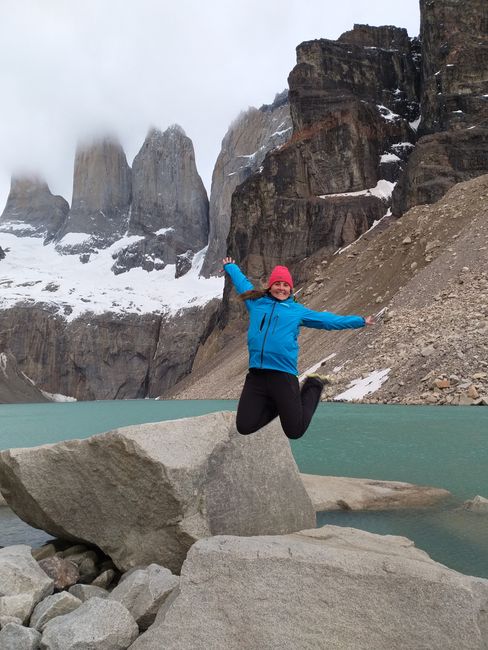
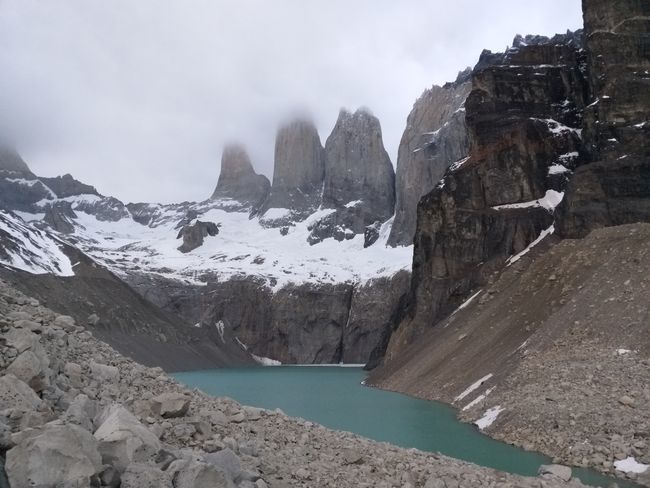
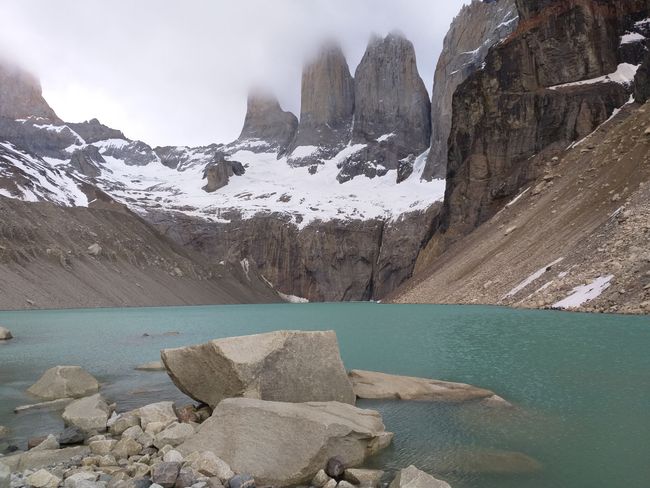
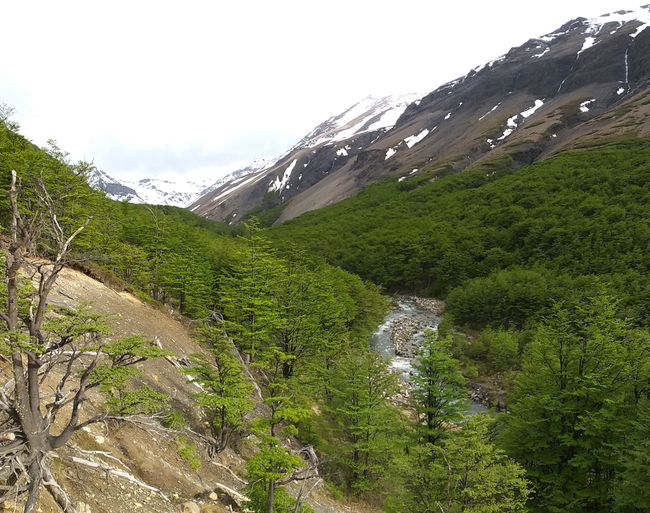
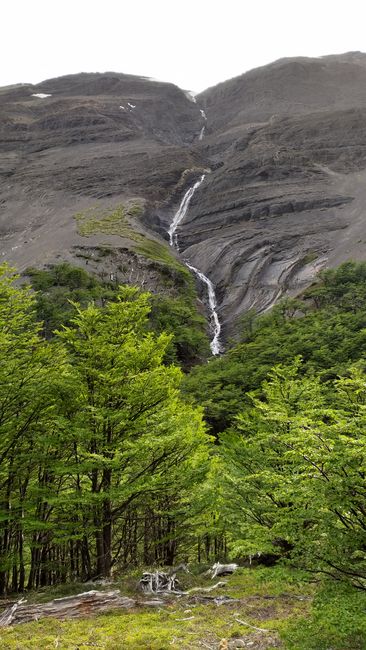
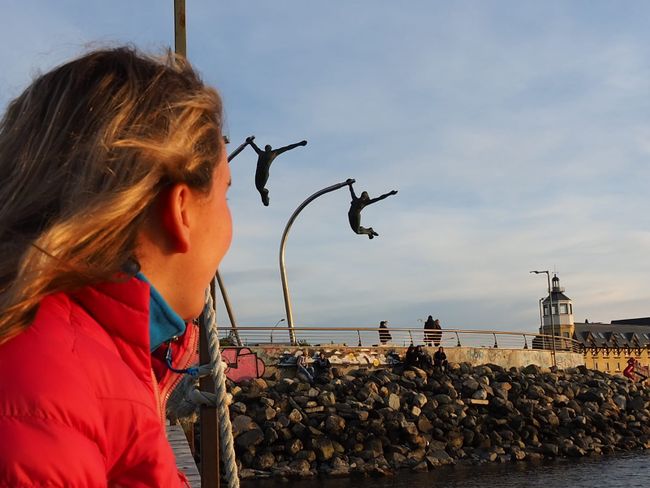
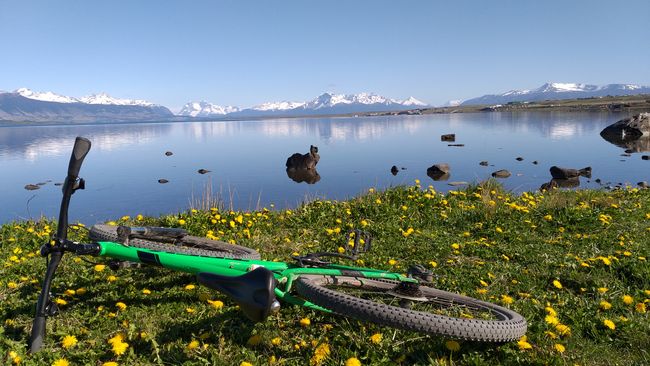
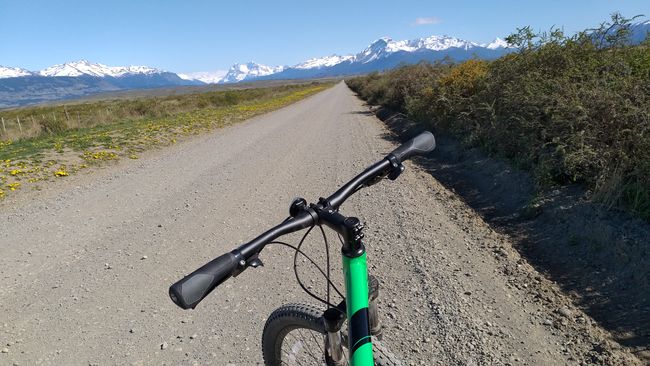
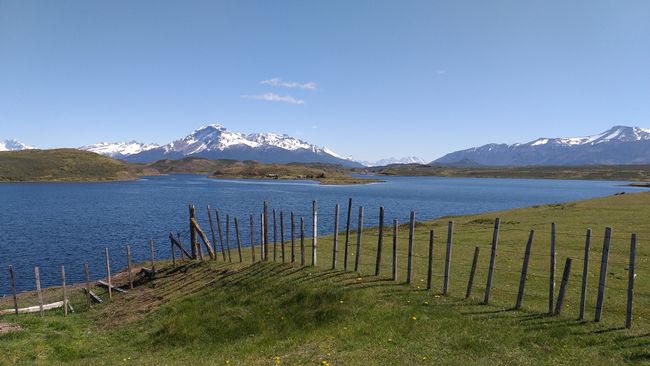
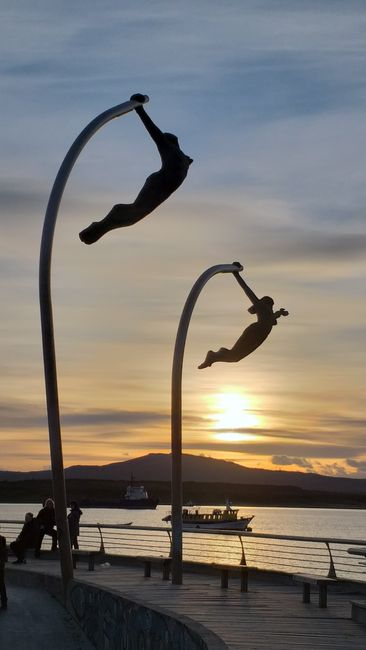
خبری مکتوب کے لیے درخواست دیں
From El Calafate in Argentina, I easily took the bus back to Chile, to Puerto Natales. This small town is the starting point for all kinds of tours in Chile's most famous national park: Torres del Paine. In the language of the Tehuelche Indians, the park is called the Towers (Torres) of the Blue Sky (del Paine). The park is traversed by mountains up to 3000 meters high, glaciers, fjords, and lakes.
In advance, I had already decided to do a 6-day trek on the so-called W-Trek. Since I didn't want to carry all the equipment with me for 6 days, such as a tent, sleeping mat, and food, I opted for the more comfortable option of staying in huts with meals provided. And when I saw many hikers on the trek with huge and heavy backpacks, I was really glad about this decision.
Day 1: In the morning, we took the bus with many other trekking enthusiasts to the entrance of the park at Laguna Amarga. Here, we had to pay the entrance fee and could start the trek from east to west. But for me, the journey continued by bus to Lago Grey and from there, with the hopelessly overloaded catamaran, to Refugio Paine Grande, the starting point for the W-Trek from west to east.
From there, there were 11 km to the first accommodation, Refugio Grey, located at the glacier of the same name. The weather was good, and the path was a bit challenging at times. When I arrived at Refugio Grey, I was surprised by the facilities and appearance of the accommodation, better than some other hostels where I have stayed.
Day 2: Unfortunately, it was raining in the morning. Nevertheless, I set off with my new friends from California to the Grey Glacier, which was about 5 km away. We reached the viewpoint over the glacier, with an amazing view, by crossing two hanging bridges at dizzying heights and through the forest. After a short break at Refugio Grey, we walked the 11 km back to the starting point, Refugio Paine Grande, luckily without any rain.
Day 3: This day was completely rainy and cloudy. The first destination was the 7.6 km distant and relatively easy to reach camping area Italiano. Here, we could leave our backpacks and hike without heavy luggage to the viewpoints Frances and Britannico. Since the view from the first viewpoint was already more than poor due to the rain and clouds and there was no improvement in sight, and the wind was bitterly cold, I decided to skip the second viewpoint and continue to Refugio Frances. A wise decision, as a storm raged over us from noon until the next morning. Fortunately, the funny green domes of the refuge were equipped with a stove, where we could make ourselves comfortable and dry all our wet clothes.
Day 4: Today, the changeable Patagonian weather showed its different sides. The wind had subsided a bit, and there was light snowfall followed shortly by sunshine, as if nothing had happened. In the afternoon, there were small snow squalls again and stronger winds.
From Refugio Frances, it took about 16 km to the next camp, Refugio Chileno. Almost the entire time, we walked along the turquoise shining Lake Nordernskjöld with a view of the Cordillera Paine, for me the most beautiful stretch of the trek. The last kilometers were quite steep, going up to Refugio Chileno.
Day 5: Today, we were supposed to visit the landmark of the park, the Torres del Paine, 3 needle-like granite peaks rising above a turquoise-colored lake. But the weather, or rather the strong wind, foiled all our plans. The trail to the Torres was closed, probably for the rest of the day. So, we had to wait. Fortunately, I could stay one more night at Refugio Chileno (I had actually booked a camp further down towards the exit) because I didn't want to leave the park without seeing the Torres. We spent the day napping, reading, drinking beer, and having conversations. In the evening, we received the good news: the park rangers gave their okay for us to hike up to the Torres the next morning at sunrise, but only in groups.
Day 6: The alarm went off at 3:30 am, and at 4 o'clock, we started the 4 km ascent to the Torres in the darkness, in small groups. Fortunately, the wind had subsided a bit. The last kilometer was steep and quite challenging. But the effort was once again more than worth it. Right on time for sunrise, we reached the top and could enjoy the view of the Torres.
From here, it was all downhill to the Welcome Center and from there, we took the bus back to the park entrance and then to Puerto Natales.
The 6 days were exhausting, the weather extremely changeable, but the trek was simply a great experience. I was able to experience the beautiful Patagonian landscape and meet wonderful people. The trek in Torres del Paine National Park was definitely one of my highlights in South America.
خبری مکتوب کے لیے درخواست دیں
جواب دیں۔
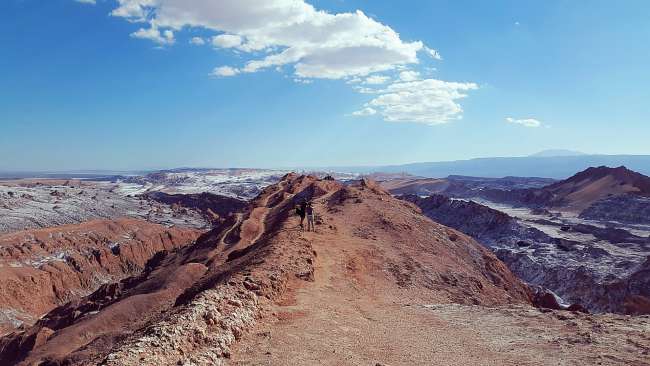
سفری رپورٹس چلی
